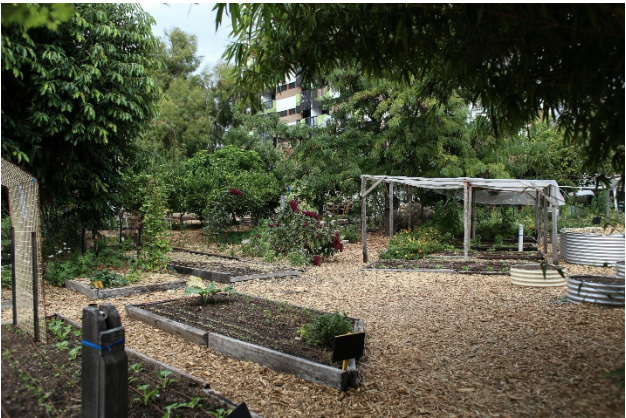We want our properties to be firm, built with purpose and aesthetically appealing. Why? Because it makes sense to be focused on more sustainable ways of living and it still be the place you want to come home to after a hectic day at work.
There is nothing more pleasurable than sitting in your garden and sitting on something well built, made of repurposed wood that blends in with nature rather than stands out against it. Building something that is made well, looks good and serves its purpose is what design is all about.
From the environment to your lifestyle, a sustainable approach to things is important. Here you can go on a long haul without worries. No one is asking you to slap solar panels on the roof or use bamboo. It is more than that.
Start With the Why
The key is to ask yourself: Why am I building this? What is the purpose?
Is it so that you have a space to work in, or a place to chill in? Or maybe you are creating a shelter for yourself or something you own. Or it could even be a structure like a greenhouse for you to start self-supplying yourself with fresh food.
The key is to have a purpose for something. Not only that, but it ends up looking nice at the same time without it crumbling to pieces in a mere few years’ time.
Structures should serve and solve problems. They should also make life easier, not just prettier.
Materials That Matter
Wood. A material that everyone tends to favor due to the warmth, natural look to it, and maybe even its earthy smell. But not all wood is the same.
Reclaimed timber
Yes, its got history to it and it keeps more trees standing but it could be pressure-treated lumber which might not be what you are looking for. This is due to the fact in its process of being made, it is filled with chemicals and has no advantage.
Steel and aluminum on the other hand are solid choices. They are not only strong, but they are recyclable and weather resistant! They do have the tendency to feel cold to the touch and rigidly designed.
Now comes composite materials made from recycled plastics and sawdust. But what about others? Not all are that pure, and you must read the fine print. The idea is to pick up stuff that lasts. So, it is not that complicated, but it is completely based on your requirements and knowledge of the product.
Design That Thinks Ahead
A good outdoor structure isn’t just built for today but targeted to last till tomorrow and the day after and so on. Can it be moved or reused? Also, can it adapt if your needs change? What about Quonset huts? These are not just affordable but flexible and sustainable as well. With this, your new garden office might become a guest room.
On the other hand, a pergola might turn into a greenhouse. Or a deck might expand into a full outdoor kitchen.
Design with flexibility. Because life changes. And buildings should be able to change with it.
Apart from that, don’t overbuild but just focus on the better solution. It’s just more materials, more energy, more maintenance. Build what you need. Nothing more.
Energy and Light
You don’t need to go full off grid to be smart about energy. All you need is to be thoughtful. Face your structure to catch the sun. Use windows and vents to let air flow. Shade where it’s hot. Insulate where it’s cold.
What about looking into solar panels as it is a great solution if you can swing it. Even a small setup can power lights or a fan. While speaking of lights going warm and low, LED can be a comprehensive solution. No one needs stadium lighting in their backyard.
Water: Don’t Waste It
If your structure involves plumbing, think about water like its gold. Rainwater harvesting is a no-brainer. Collect it, store it, and use it for plants or cleaning. Low-flow fixtures save gallons of water. Also, greywater systems reuse sink water. Even simple things like sloping your roof to direct runoff make a difference.
And if you are landscaping around the structure, go for native plants that need less water, resist pests, and support local wildlife. What else can you ask for?
Maintenance: The Long Game
Sustainability isn’t just about how you build. It’s about how you keep it. Use natural sealants and clean with eco-friendly products. Fix things instead of replacing them.
And when is it time to upgrade or tear down? Salvage what you can. Reuse materials. Recycle the rest. A structure that’s easy to maintain is a structure that lasts. And lasting is sustainable.
Build With Heart
Sustainable outdoor structures aren’t just about saving the planet. If you understand the real factor, then you know that they are about building with care, intention, and heart.
So, before you start, pause! Think! Ask yourself what you really need. Also, ask how long it can last. Apart from that, try to focus on processes that will not harm the environment.
Because in the end, the best structures aren’t just functional, they feel right.

